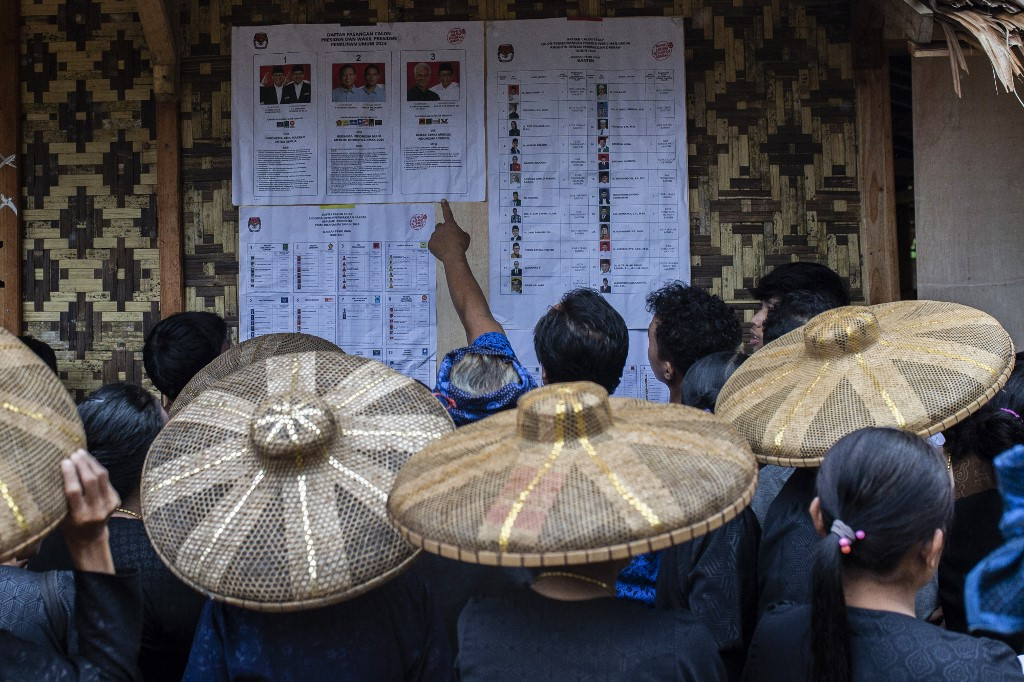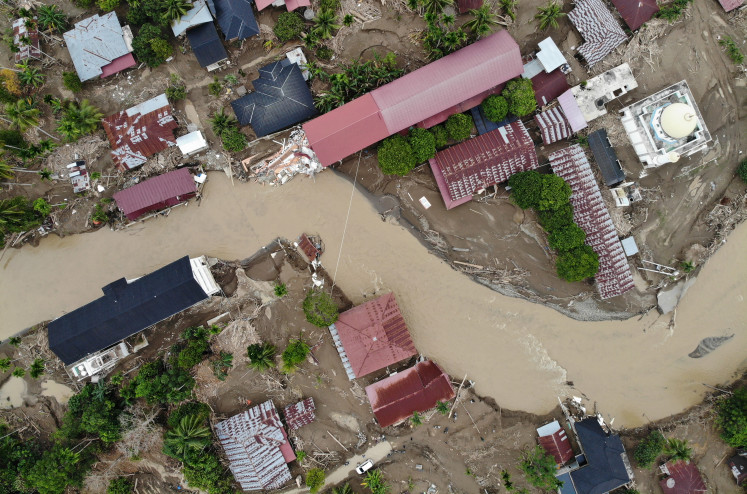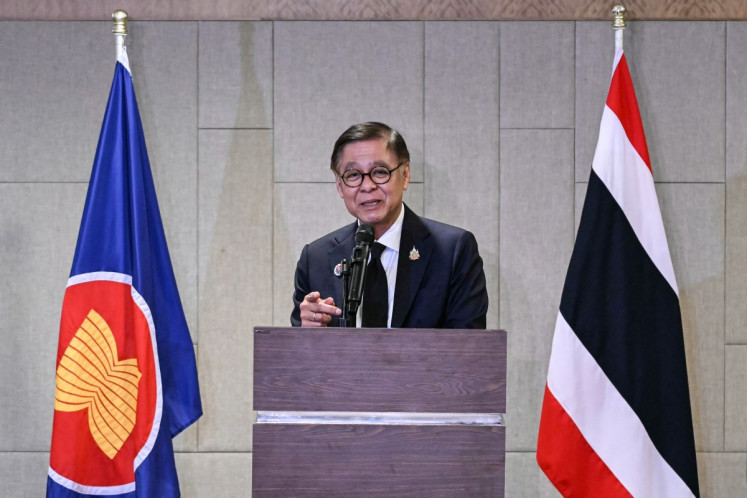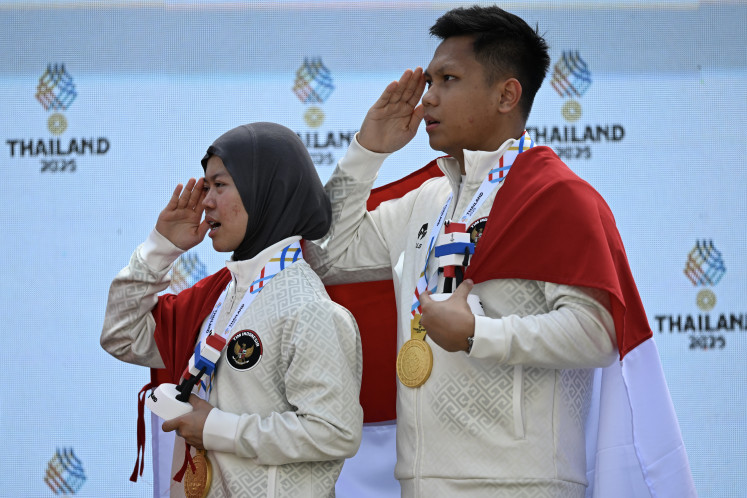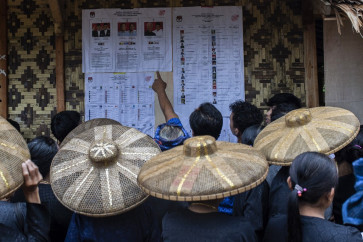Popular Reads
Top Results
Can't find what you're looking for?
View all search resultsPopular Reads
Top Results
Can't find what you're looking for?
View all search resultsNew law fails to properly protect indigenous peoples’ rights
Although the Conservation Law recognizes the importance of involving indigenous legal communities in the conservation of biodiversity and ecosystems, it does not provide them with a meaningful role.
Change text size
Gift Premium Articles
to Anyone
I
ndigenous peoples play a vital role in human life. They are the guardians of traditions, culture and local knowledge that have been passed down for centuries. They live in harmony with nature, protect it in sustainable ways and possess deep local wisdom about their environment.
During the Kunming-Montreal Conference of Parties in December 2022, the adoption and respect for the local wisdom of indigenous peoples into conservation strategies to prevent biodiversity loss became the first target within the Global Biodiversity Framework (GBF) goals. In our national life, even the Constitution mandates the state to recognize and respect the unity of indigenous legal communities along with their traditional rights.
However, this global and national respect has not protected indigenous peoples from threats. In the last five years, according to data from the Indigenous Peoples Alliance of the Archipelago (AMAN), there have been 301 instances of land grabs against indigenous territories in Indonesia.
A total of 2.6 million hectares of customary land has been seized by the state and corporations. Most of these land seizures were accompanied by violence and criminalization, as they were deemed to occupy concession and conservation areas.
Amid the worsening fate of indigenous peoples, on Aug. 7, the government enacted Law No. 32/2024 on the conservation of biological natural resources and ecosystems (KSDAHE). This new legislation, which amends Law No. 5/1990, does not specifically regulate indigenous peoples. However, given the many cases of criminalization related to conservation areas and concession lands, there is great hope that the enforcement of the law will provide better protection to indigenous peoples in relation to conservation.
Unfortunately, although it recognizes the importance of involving indigenous legal communities (MHA) in the conservation of biodiversity and ecosystems, as emphasized in Article 37 paragraphs 3 and 4, the law does not seem to provide a meaningful role and guarantee of inclusive space for indigenous communities within conservation areas.
Why? First, instead of further regulating the procedures and forms of involving indigenous peoples in conservation, including specific approaches and respect for the rights of indigenous communities in implementing their local wisdom, the KSDAHE Law refers to Law No. 32/2009 on environmental protection and management (PPLH), which has already been integrated into the Job Creation Law.

